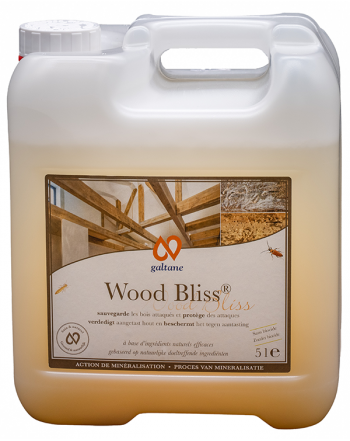HM16® - ready to use and can be stored
REF: 4010
Special furniture - flooring | oak - chestnut HM16 penetrates wood 16 times faster than a drop of water. Does not change the colour of the wood. An excellent preventive, HM16's curative action is...Special furniture - flooring | oak - chestnut
HM16 penetrates wood 16 times faster than a drop of water.
Does not change the colour of the wood. An excellent preventive, HM16's curative action is limited to woodworm (flight holes +/- 1 mm). Colourless, HM16 cares for the wood and is ideal for parquet floors (oak, chestnut) and for ennobling and restoring old furniture. HM16 contains no insecticides or biocides. Galtane HM16 is ready to use and can be kept for 24 months! It poses no risk to pregnant women, infants, allergy sufferers or the sick... For a broader-spectrum action and if colour change is not a problem, opt for Wood Bliss.





